When a “Destination” Becomes Home: Venice
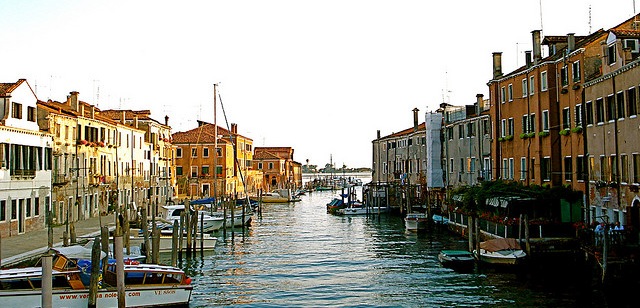
Our professor’s name was Mrs. Weil, but Will and I started calling her Wheels. To our surprise, she delighted in the nickname. We loved Wheels because she was a real Venetian, full of strange wisdom, and taught us how to see the city as Venetians saw it. Because of her, we knew what to mock in non-Venetians.
“Silly tourists,” Wheels would say as Will and I nodded sagely, “they always tangle each other in the umbrellas.” Where Venetians disdained the flocks of pigeons as disease-carrying vermin, tourists fed and photographed them. Tourists never knew what was worth looking at or what was worth ordering; they ordered pizzas - a Florentine specialty! - instead of gnocchi or seafood. There were many rules to follow if one wanted to be an authentic Venetian, Wheels explained, and that’s what we wanted.
Wheels often instructed us to meet her at some museum or church we didn’t know, and she would never tell us how to get there. So Will and I would stumble and double-back and ask gondoliers on break for directions. At first, as we wove through tourists speaking broken Italian with French or Spanish accents, we’d stop to note where Wagner died or where Byron once lived. We’d pause to take in a particularly beautiful view. We’d write down names of restaurants or museums that looked enticing. But eventually, crumbling mansions and secret passageways didn’t seem so mysterious. They just seemed like peaceful corridors, connecting narrow back channels, guiding our daily commute.
–
In the latest issue of Lapham’s Quarterly, there is an article written in 1840 about Venice. Over a hundred years later, the descriptions still ring true:
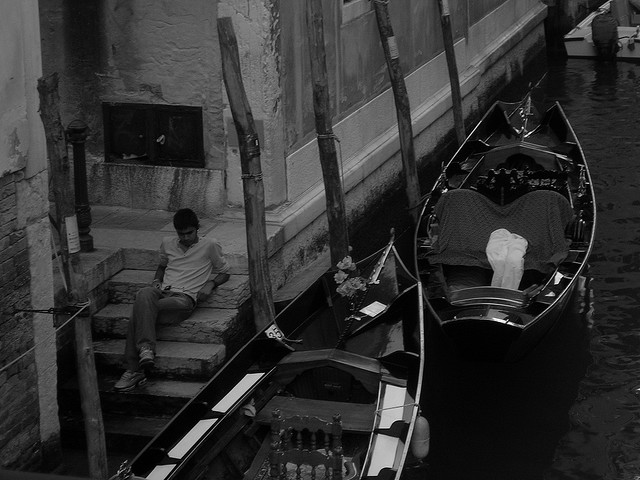
Do you know this city? She has never heard the rolling of wheels or the hoof tread of horses in her streets, through which the fish swim, while the black gondola glides spectrally over the green water. I will show you the place,” continued the Moon, “the largest square in it, and you will fancy yourself transported into the city of a fairy tale. The grass grows rank among the broad flagstones, and in the morning twilight, thousands of tame pigeons flutter around the solitary lofty tower.
–
Venice was once a city celebrated for its courtesans, insolent women who walked down the canals in all their finery. Now the city itself wears its beauty with their same brazen arrogance and with their same unattainable nucleus. A woman standing eternally behind glass, eternally motionless, eternally impenetrable – and, I suppose, eternally desirable. It is difficult to access Venice fully. Anyone can admire the obvious beauty, but it takes a singular shovel to dig out the intrinsic beauty, the intimate details.
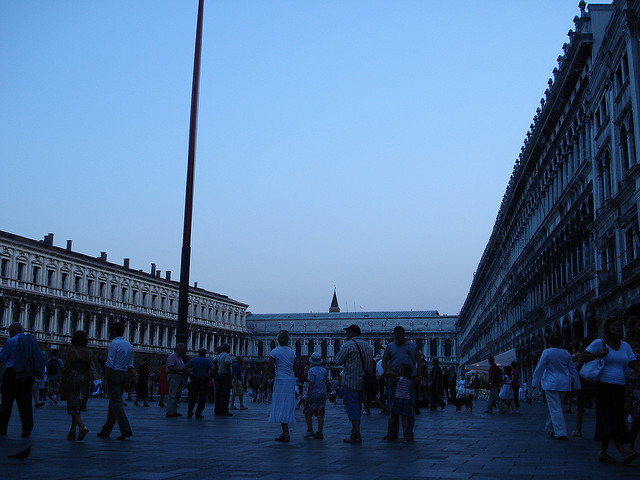
The best part about living in Venice was when it became ordinary. We lived in Venice now; what, if anything, was so exciting about that? The shriek of the alarm in the morning was as excruciating as it was anywhere else. The commute was unbearably slow and we complained about it constantly. The heat was unbearable. Our days were generally packed with mundane tasks, like going to the grocery store or seeing the doctor. Even the most exotic circumstances iron themselves out into routines.
It was just as we began to think of ourselves as jaded Venetians, accustomed to all the city’s wonders, that we encountered the most curious sights: policemen with their swords drawn chasing purse-pirates over bridges; night lights reflected in the water like a rainbow checkerboard; a tiny café that served espresso and Nutella crêpes, the perfect breakfast for a pair on the run; a hidden-away restaurant where Jacques Chirac once ate; a girl leaning out a window, brushing her hair, dropping a few flaxen strands into the Grand Canal. These things, more than celebrated views or historical relics, became our landmarks.
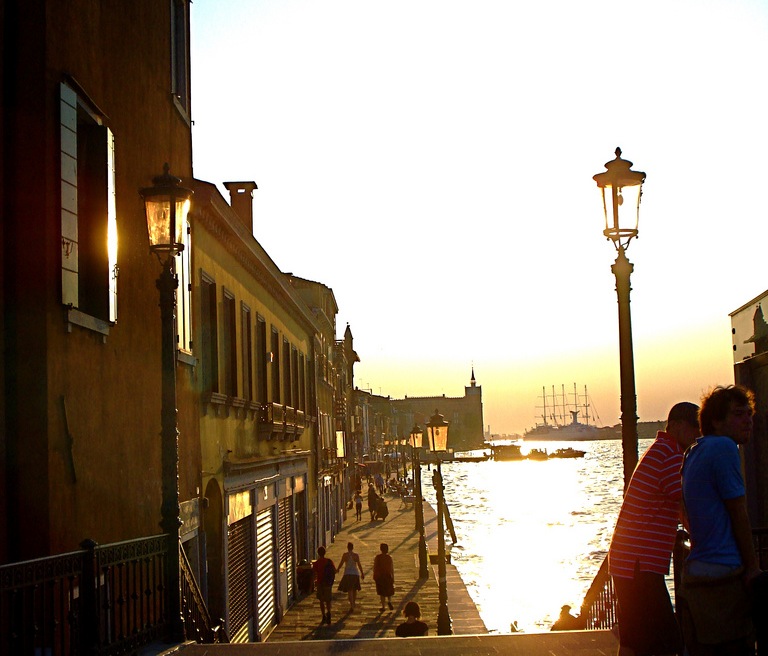
One time, as we walked home, we found a street musician playing a lute while dressed completely in Renaissance attire. He looked like he had been transported here from the 16th century in the middle of a concert and had just continued playing. I watched him for a few minutes, listening to him pluck away at his antique instrument. The wind caused his headdress to float behind him like a magic carpet. His legs were crossed, and under his black robe, I saw one exposed sock. It was pattered with basketballs.
Just for the socks, I threw a generous number of coins into his lute case and continued on home. As I walked, I gazed around at the dirty water, the black and white of gondolier shirts and the sandy color of the churches. It was beautiful, I thought, but it was more beautiful because it was so familiar.
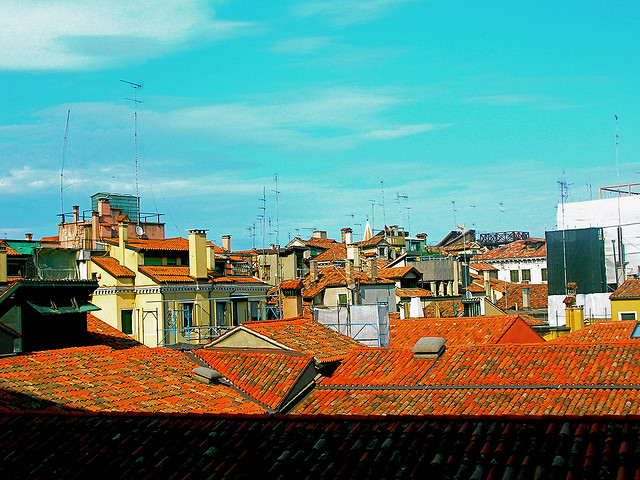
For more of Niti’s beautiful photos from her time in Venice, take a gander at her flickr set, from which all the above images have been pulled!



Follow us on Twitter to get the latest on the world's hidden wonders.
Like us on Facebook to get the latest on the world's hidden wonders.
Follow us on Twitter Like us on Facebook